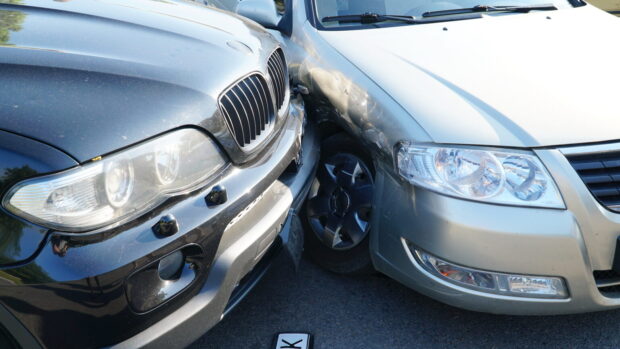Celebrating the 35th anniversary of the Comprehensive Loss Underwriting Exchange (C.L.U.E.), LexisNexis Risk Solutions announced the launch of C.L.U.E. Auto Damage 360, a comprehensive auto claims history database.
The latest launch offers insurers deeper insight into reported and unreported accident data to help refine underwriting strategies.
Because many single-vehicle incidents and small fender benders often go unreported, this new offering helps capture some of the unreported incidents.
The enhanced feature joins data from C.L.U.E. Auto reports, including seven years of personal claims data from hundreds of millions of claims, with incremental data from sources such as police records and other vehicle-specific sources that indicate vehicle damage.
Through extensive policy history, the new feature can more accurately associate damage events with current and prior owners.
The ability to leverage additional information from LexisNexis’ Vehicle History and police record data into current processes and rate plans helps insurers with better rating and segmentation.
“We’re always looking for ways to improve and innovate, and these new features that augment C.L.U.E. Auto help carriers see what they’re missing from an even more granular standpoint, whether it’s duplicate records or outdated ownership change dates for newly acquired vehicles,” said John Kanet, senior director, auto insurance, LexisNexis Risk Solutions. “With numbers of drivers on the road and miles driven nearly back to pre-COVID levels, it’s critical to have as much vehicle and driver information available as possible. C.L.U.E. Auto Damage 360 maximizes C.L.U.E. Auto, helping insurers find 5 percent more current owner and 27 percent more prior owner damage events.”
LexisNexis Risk Solutions’ internal studies show that a vehicle involved in an accident has a 10 percent higher claim frequency than vehicles that do not have prior damage. As the damage accumulates, so does the claim frequency.
The additional C.L.U.E. Auto Damage 360 insights into the vehicle, the owner and the previous owner(s) of the vehicle allow carriers to identify events not previously reported to C.L.U.E. and streamline the pull of damage events and claims information within the quote process.





















 The Future of Knowledge in Insurance: From Training to AI-Powered Productivity
The Future of Knowledge in Insurance: From Training to AI-Powered Productivity  The Hardest Part of Innovation in Insurance Isn’t Technology; It’s Culture
The Hardest Part of Innovation in Insurance Isn’t Technology; It’s Culture  What to Expect in 2026: U.S. P/C Results More Like 2024
What to Expect in 2026: U.S. P/C Results More Like 2024  Executives on the Move at HSB, American Modern Insurance Group, AIG
Executives on the Move at HSB, American Modern Insurance Group, AIG 